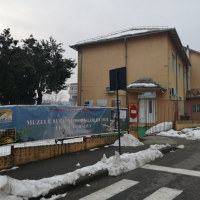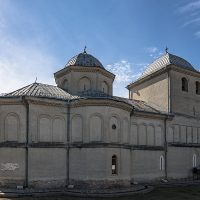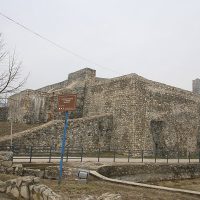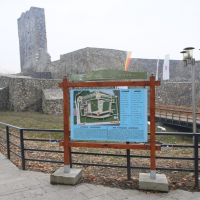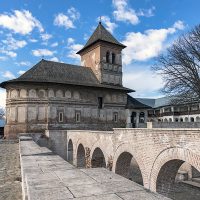








The bridge of God is a natural phenomenon of karst origin, formed by the collapse of a cave ceiling. It is the largest natural bridge in the country and the second largest in size in Europe, being 30 meters long, 13 meters wide, 22 meters high and 9 meters thick, it is also the only bridge that can be moved. Behind the bridge, at the base of a hill, is the Ponoarele cave, another natural attraction representative of the karst relief of this area. The entrance to the cave has the shape of a circle arch, with a width of 15 meters and a height of over 3 meters, so that the access to the cave is easy. The altitude of the area is 337 meters. The galleries have a total length of 734 meters, presenting wide spaces, with rich formations of stalagmites and stalactites. In the plateau behind the cave you can admire another component of the karst complex located in this area, namely the pebble fields, which are in fact calcareous geological formations like wrinkles. The stones have elongated and cushioned shapes, which the water formed in the limestone rocks. These ditches sometimes exceed 4-5 meters long and have a depth of up to 30 cm, sometimes covered with vegetation. The fields at Ponoare are notable for their variety and extension, being known several groups of pebbles, such as those in the Hill of the Cave, which form two distinct fields, Cleopatra’s fieldand Afrodita’s field. All these limestone formations are natural unique attractions at European level.
Download PDF



